Table of Contents
When to Expect Annual Ryegrass Death: The Epic Guide
When does annual ryegrass die? This is a question that many people want to know the answer to. Unfortunately, there is no easy answer. The time of year that annual ryegrass dies varies depending on the climate and other environmental factors. This epic guide will inform you about when to expect annual ryegrass death in different parts of the country. This article will also provide some tips on how to prolong the life of your annual ryegrass lawn.
Annual Ryegrass Vs. Perennial Ryegrass – What’s the Difference?
Annual ryegrass is a cool-season grass that is often used for overseeding purposes. Perennial ryegrass, on the other hand, is a species of grass that persists year-round in many areas.
Perennial ryegrass, on the other hand, can persist throughout the year in cooler climates. This type of grass is much more heat-tolerant than annual ryegrass and has a deep root system that helps it to survive even during periods of drought.
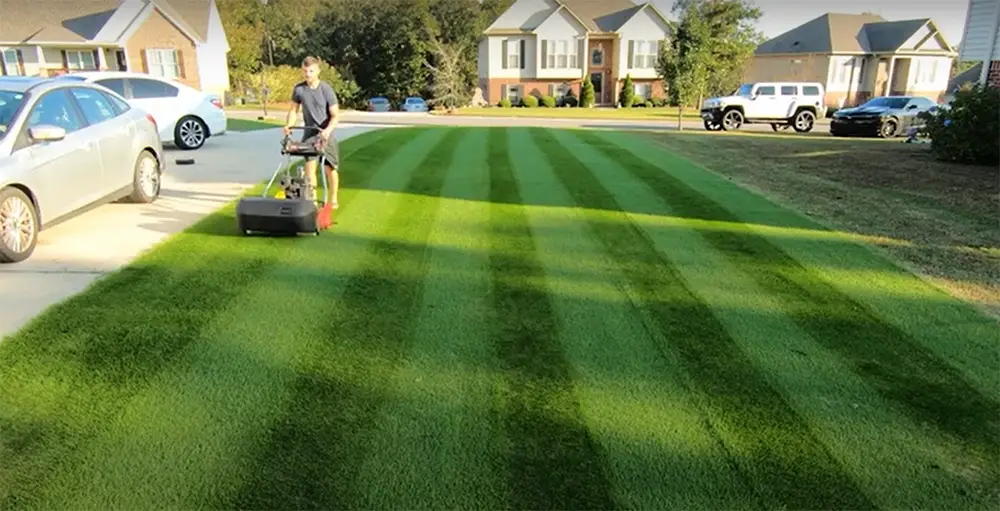
So, when does annual ryegrass die? As mentioned above, it typically dies out by late spring or early summer. If you live in a warmer climate, however, it may die off sooner. Perennial ryegrass, on the other hand, can last throughout the year in cooler climates [1].
Does Annual Ryegrass Come Back Every Year?
The short answer to this question is no, annual ryegrass does not come back every year. Factually, annual ryegrass is an annual plant, which means it only lives for one growing season. So if you’re wondering when does annual ryegrass die, the answer is typically in late spring or early summer.
There are a few exceptions to this rule though. If conditions are right, annual ryegrass can reseed itself and come back the following year. However, this is relatively rare and usually only happens in areas with cool winters and mild summers.
At What Temperature Does Annual Ryegrass Die?
Annual ryegrass typically dies when temperatures reach the mid-26s Celsius. However, several factors can affect this, including:
- The amount of water the grass is getting
- The type of soil it’s in
- How much shade it gets
Is Annual Ryegrass Good for Lawns?
The answer to this question is a resounding yes! Annual ryegrass is an excellent grass for lawns. It has a very fine texture, which makes it soft to the touch. Moreover, it has a deep green color that is very pleasing to the eye. It also has a high tolerance to wear and tear, which makes it ideal for high-traffic areas.
Additionally, annual ryegrass grows quickly, so it can fill in any bare spots in your lawn relatively quickly. It can grow up to 91 cm in just one season! It makes an excellent choice for a temporary lawn while you are waiting for your permanent grass to grow in.
Finally, annual ryegrass is very tolerant of shade, so it can be a good grass for areas of your lawn that do not get a lot of sunlight. However, it should be noted that annual ryegrass is a cool-season grass, so it will go dormant in the heat of the summer.
Good For Forage
Annual ryegrass is not only good for lawns; it is also good for forage. It is often used as a cover crop or as a green manure crop. When used as a cover crop, annual ryegrass can protect the soil from erosion and help to improve its fertility. When used as a green manure crop, annual ryegrass can add nitrogen and other nutrients to the soil.
Annual ryegrass is also often used as a forage crop for livestock. It is high in protein and digestible fiber, and it has a good balance of essential nutrients. Cattle, sheep, and goats all graze on annual ryegrass.
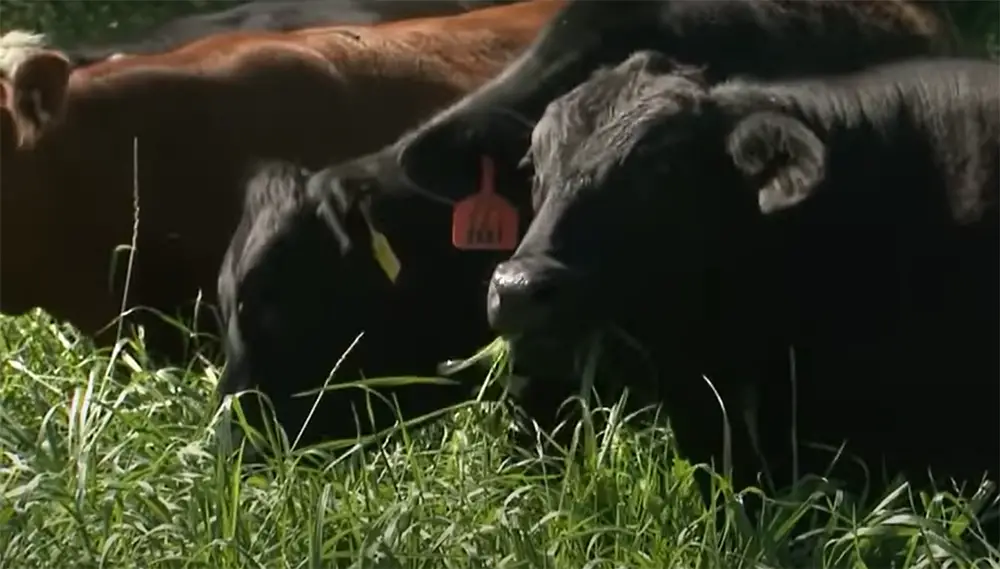
In conclusion, annual ryegrass is a versatile and useful crop. It can be used for lawns, forage, and soil improvement. If you are looking for grass that is easy to grow and that has many uses, then annual ryegrass is the grass for you!
Good For Crop Rotation
Annual ryegrass is also a good crop for rotation. It can be used to break up the cycle of diseases and pests that can affect other crops. Additionally, annual ryegrass can help to improve the structure of the soil.
Crop rotation is an important part of sustainable agriculture. It helps to prevent problems with soil fertility, pests, and diseases. It also helps to improve the overall yield of crops. If you are looking for a good crop to add to your rotation, then consider annual ryegrass.
Does Perennial Ryegrass Die In Summer?
Perennial ryegrass is grass that dies in the summer. It typically starts to die in July and August when the temperatures get hot. The leaves of the grass will turn brown and eventually, the whole plant will die.
There are a few things that you can do to prevent your perennial ryegrass from dying in the summer. First, you can water it regularly. Watering your grass will help it to stay alive during the hot summer months. Second, you can fertilize your grass. Fertilizing your grass will give it the nutrients it needs to survive. Third, you can mow your grass regularly. Mowing your grass will help it to stay healthy and prevent it from drying.
If you follow these tips, your perennial ryegrass should survive the summer months. However, if your grass does die, don’t worry. Perennial ryegrass is a very resilient plant and it will usually come back the following year.
What Are The Disadvantages Of Ryegrass?
Bunchgrass vs. Ryegrass
Annual ryegrass has a few disadvantages as pasture grass. First, it is less tolerant of drought than many other types of grass. Second, it is more palatable to grazing animals than some other grasses, which can lead to overgrazing and soil compaction. Finally, annual ryegrass can be a host for several diseases that affect other crops.
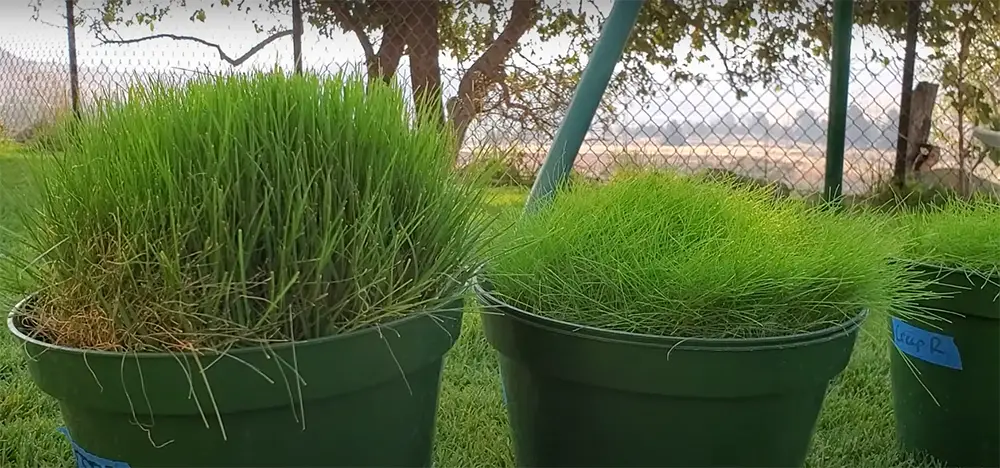
In contrast, bunchgrass is a more drought-tolerant grass that is often used in range management. Bunchgrass typically has a deep root system that helps it to stay green during times of drought. Additionally, bunchgrass is less palatable to grazing animals, making it less likely to be overgrazed. However, bunchgrass can also be a host for several diseases that affect other crops [3].
Coarse Texture
Annual ryegrass has a coarse texture, which can make it difficult to establish in a lawn. The grass is also more likely to thatch, or form a thick layer of dead and living tissue, than other types of grass. Thatching can lead to problems with drainage and aeration in the lawn.
Coarse-textured grasses are also more difficult to mow than fine-textured grasses. The blades of annual ryegrass can wrap around the mower blade, causing it to dull more quickly. Additionally, the clippings from coarse-textured grasses can be more difficult to mulch and manage.
For these reasons, annual ryegrass is often used as temporary grass in lawns. The grass is seeded in the fall and grows quickly, providing a green lawn through the winter. The grass typically dies out in the spring, when temperatures start to warm.
Short Lifespan
Annual ryegrass has a short lifespan, typically living for one to two years. The grass will die out in the spring or summer when temperatures start to warm.
This can be a disadvantage if you are looking for a long-term solution for your lawn. However, annual ryegrass is often used as temporary grass for lawns. The grass is seeded in the fall and typically dies out in the spring when temperatures start to warm.
FAQ
At what temperature does annual ryegrass die?
Annual ryegrass is a cool-season grass, and it will die when temperatures get too hot. The exact temperature varies depending on the variety of annual ryegrass, but it is generally around 26-29 degrees Celsius.
Will annual ryegrass reseed itself?
Yes, annual ryegrass will reseed itself if the conditions are right. The ideal time to sow annual ryegrass seed is in late summer or early autumn.
Will annual rye survive the summer?
It depends on the summer. If it is a cool summer, then the annual rye will likely survive. However, if it is a hot summer, the annual rye may die off.
Annual ryegrass is a versatile grass that can be used for both pasture and hay production. It is also commonly used as a cover crop or green manure crop. Annual ryegrass is a relatively fast-growing grass, and it can be grazed or cut for hay within 60-90 days of planting.
Does winter ryegrass die in summer?
No, winter ryegrass is a perennial grass that will not die in the summer. However, it will go dormant in the heat of the summer and will green up again when temperatures cool down.
What happens when ryegrass dies?
When annual ryegrass dies, it will turn brown and dry. The grass will then decompose, releasing nutrients back into the soil. Ryegrass is a relatively short-lived grass, and it will only live for one to two years before it needs to be replanted.
Does winter rye die in the spring?
No, winter rye is a perennial grass that will not die in the spring. However, it will go dormant in the cold of winter and will green up again when temperatures warm up in the spring.
Useful Video: Annual Ryegrass
Conclusion Paragraph
This article has hopefully provided some clarity on when annual ryegrass dies. The answer to the question is not always simple as there are a variety of factors that can affect the lifespan of annual ryegrass. However, by understanding these various factors, you can have a general idea of when to expect annual ryegrass death in your area. However, if you are still unsure, it is always best to consult with a local expert or your county extension office. They will be able to provide you with the most accurate information for your specific situation.
References:
- https://pediaa.com/what-is-the-difference-between-annual-and-perennial-ryegrass/
- https://www.conserve-energy-future.com/when-does-annual-ryegrass-die.php
- https://www.crabgrasslawn.com/annual-ryegrass-vs-perennial-ryegrass/

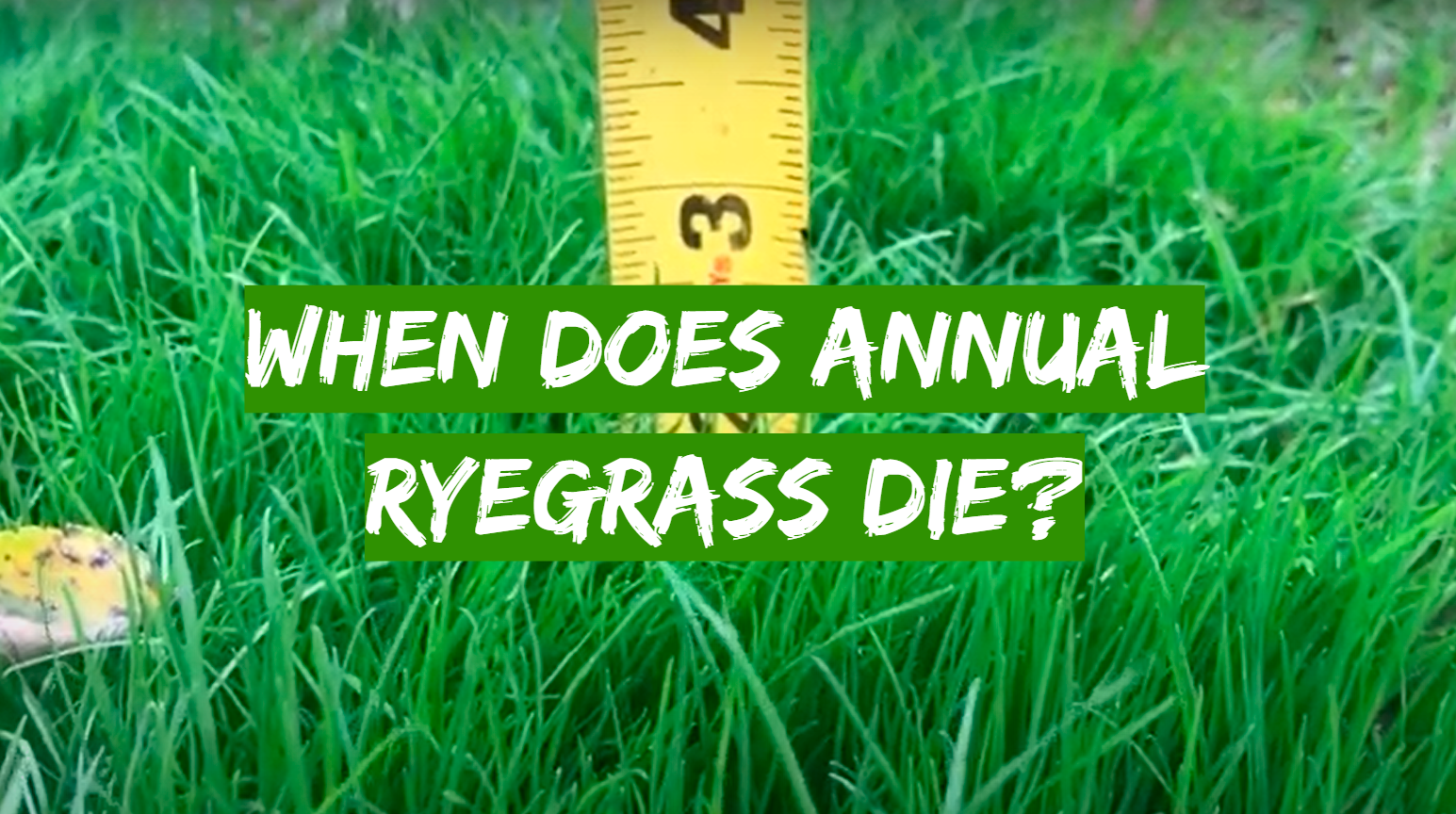
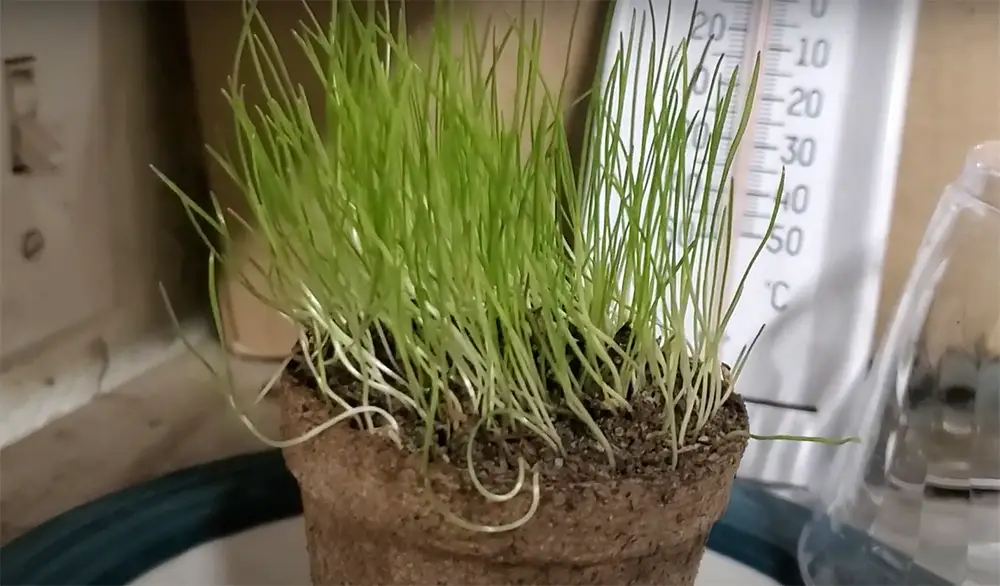


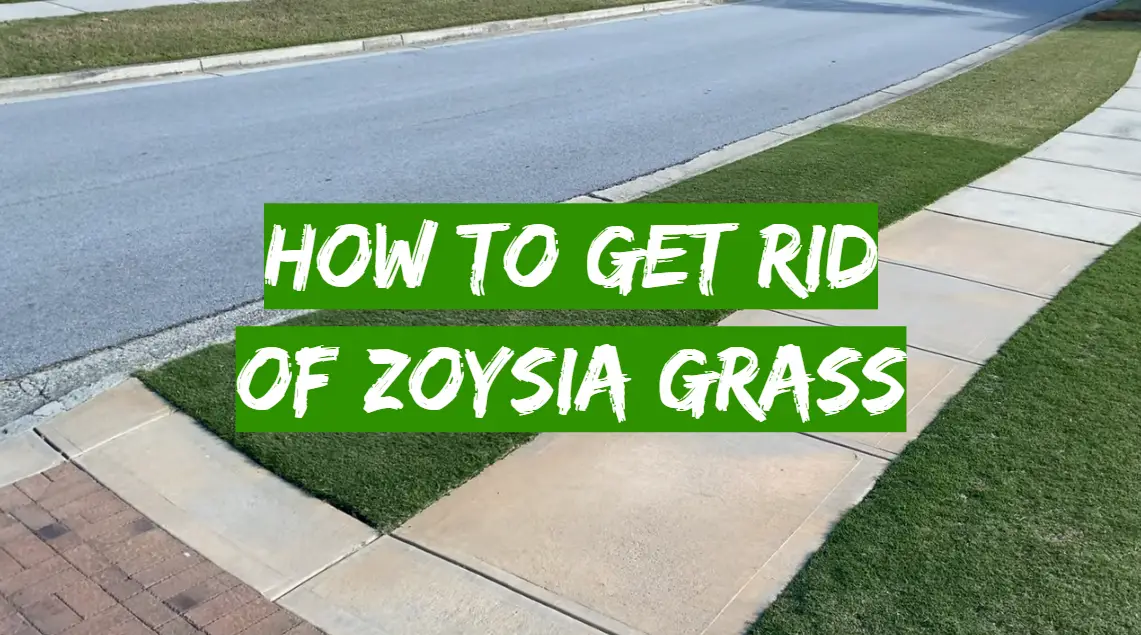
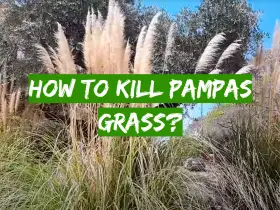

Leave a Reply
View Comments